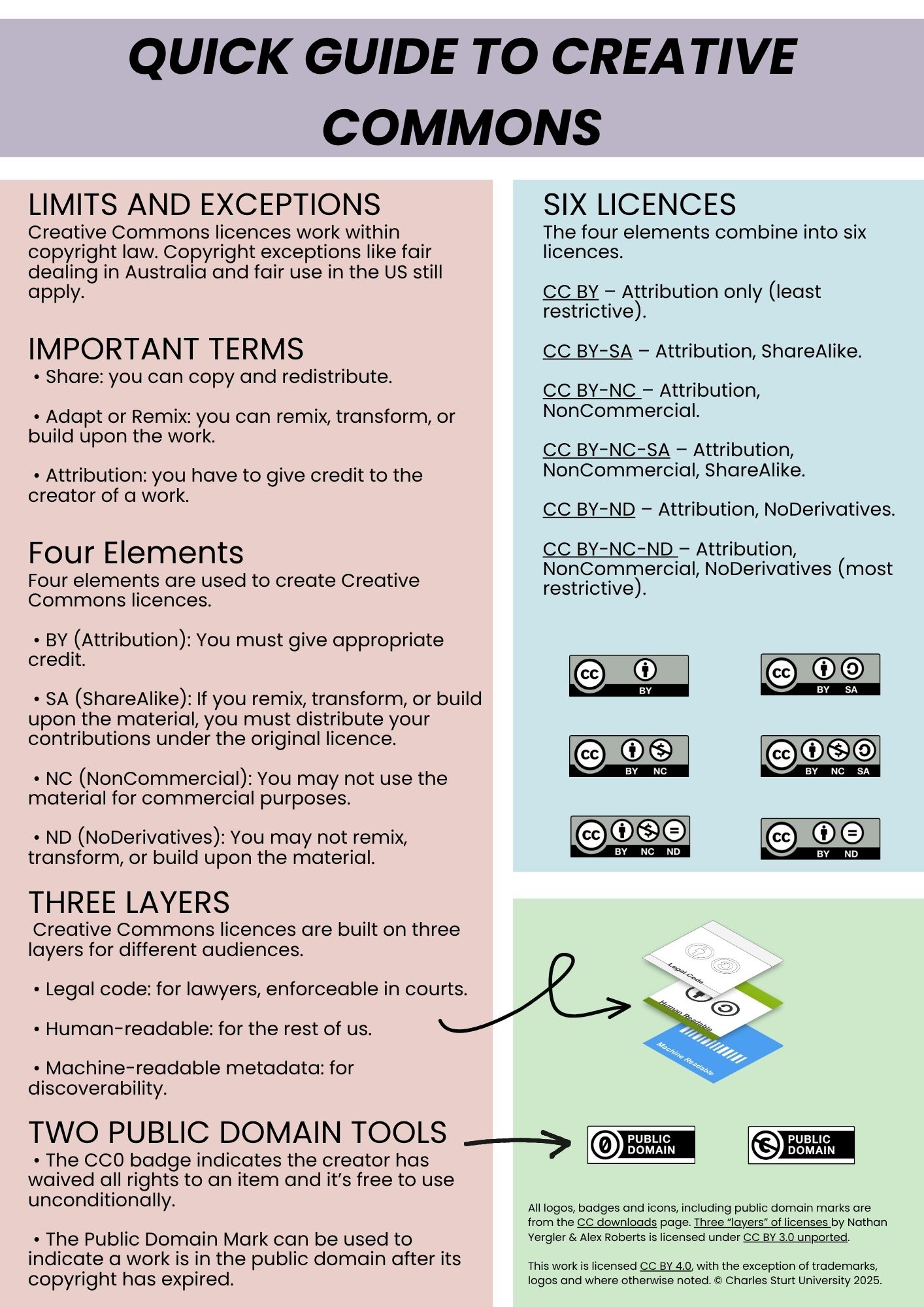Introduction to Creative Commons
Scope and legality | Structure | Elements | Licences | Versions | Badges and icons | Summary | Check your understanding
Creative Commons is a global nonprofit organisation that enables sharing and reuse of creativity and knowledge through the provision of free legal tools and advocacy for open access.
Creative Commons (CC) licences are copyright licences that allow copyright material to be shared and reused under terms that are flexible and legally sound.
Scope and legality
CC licences work within copyright legislation. They do not and cannot legally override copyright law of any country and they are not applicable if a work is in the public domain or not protected by copyright. They cannot be used to reduce, limit, or restrict any user rights given under exceptions and limitations to copyright protection, such as fair dealing for research and study (Copyright Act, section 40), or provisions for people with disabilities (Copyright Act, sections 113E & 113F).
Only copyright owners can give permission to reuse or licence a work so it follows that CC licensors must be the copyright owners. CC licences are a method for copyright owners to offer one or more of the permissions governed by copyright law.
CC licences do not apply to other intellectual property (IP) laws. Trademarks and patents, privacy and publicity rights still apply and should be considered before using CC licences.
CC licences support moral rights. Moral Rights are:
- the right of credit as the creator of the work;
- the right not to be falsely attributed for a work;
- and the right not to have a work treated in a way that prejudices your honour or reputation.
Attribution is a condition of using material under all CC Licences. “You must give appropriate credit, provide a link to the licence, and indicate if changes were made. You may do so in any reasonable manner, but not in any way that suggests the licensor endorses you or your use.” (Creative Commons Licence deed)
CC licences are internationally accepted and enforceable. The legal code is written by lawyers and copyright experts. Cases have been tested in courts and the code has stood up to testing (CC legal database). If someone uses your CC work without following the licence conditions their right is revoked, and they are potentially liable for copyright infringement. As the copyright owner you have the same recourse that you would have if it was © ‘all rights reserved’. See Creative Commons guidance on What to do if your CC-licenced work is misused and Statement of enforcement principles.
CC licence structure
Creative Commons licences have three layers, illustrated below with a cupcake. Use the slide bar under the image to see each layer.
Text description of interactive illustration (h5p 5).
This interactive diagram (h5p-5) uses a cupcake icing layer, cake layer and wrapper to playfully illustrate the 3 layers of a Creative Commons licence.
The top layer is the Commons Deed, a plain-language version that explains what people can and cannot do with the work. The middle layer is the Legal Code, written in legal jargon and used in courts to enforce the licence terms. The bottom layer is Rights Expression Language (REL) or metadata that is used by search engines web crawlers to identify and index CC licenced works. The three layers work together as parts of every Creative Commons licence.
Licence elements
Four elements or conditions combine in different ways to allow the reuse of a work protected by copyright.
| Icon | Name | Description |
|---|---|---|
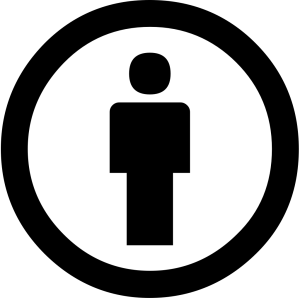 |
BY means attribution | The right of attribution is the fundamental component of all CC licences. The work is BY the creator. |
 |
SA means Share Alike | Any derivative work can only be shared with same or compatible licence as the original work. |
 |
NC means Non-Commercial | The NC element means the work can only be used for non-commercial purposes. Note that the NC limitation applies to the use, not the user. For more explanation see the CC wiki on NonCommercial interpretation |
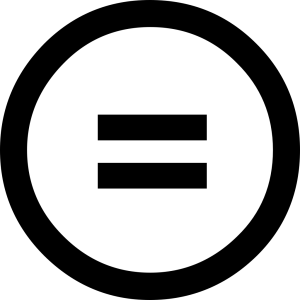 |
ND means No Derivative | Others can use the work but may not share changes, adaptations or modifications of it without getting further permission from the creator. The definition of an adaptation or derivative depends on the © law in the country where the work is used. Generally combining works in a collection, changing the format or medium or using unaltered images as illustrations alongside text are not considered to be adaptations. Translations, syncing music with video or creating a film based on a book are typically considered to be adaptations and may require additional permissions. |
Text only version of dialog cards (h5p 4)
Hypothetical scenarios to show how the Non-Commercial (NC) limitation applies to the use, not to the user.
Card 1. Example scenario of allowed use of a CC BY-NC licenced OER by a for-profit company.
A pharmaceutical business downloads a CC BY-NC licenced open textbook about chemistry in medicine. They use short excerpts and diagrams from the textbook in a free public webinar for pharmacists. They do not charge fees for the webinar and they do not advertise their paid products or services during the webinar or in the materials.
Why is this non-commercial? Even though the business is for-profit, they are sharing the educational content freely without direct revenue from the use.
Card 2. Example scenario where use of a CC BY-NC licenced OER by a not-for-profit professional association is not allowed without additional permissions.
A not-for-profit professional association for nurses includes a CC BY-NC licensed clinical training module in an online course that they sell to members for $50 per enrolment to raise funds for their operations.
Why is this use commercial? Even though the professional association is not-for-profit, the use is part of a revenue-generating activity and participants must pay to access the CC BY-NC licenced content. This makes it commercial use and therefore not allowed without additional permissions from the copyright holder.
Card 3. CC BY-NC commercial use decision checklist.
Ask the questions:
A. Is money being charged for access to the work (directly or indirectly)?
B. Is the work being used to directly promote, advertise, or enhance a paid product, service, or brand?
C. Is the primary purpose of the use to gain financial benefit or raise revenue (even if the user is not-for-profit)?
If you answered “Yes” to any of these questions, the use might be considered commercial.
If you answered “No” to all of them, then your use is not commercial.
The four licence elements are combined to make up six different licence options.
| Badge | Name | Users permissions | Users obligations & limitations |
|---|---|---|---|
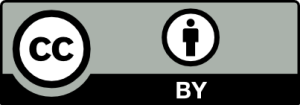 |
CC-BY | Users can copy and redistribute (share); remix, transform and build on (adapt) the material for any purpose, even commercially. |
|
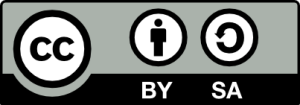 |
CC-BY-SA | As above. |
|
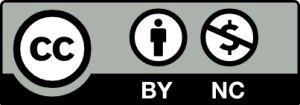 |
CC-BY-NC | Users can share and adapt the material for non-commercial purposes. |
|
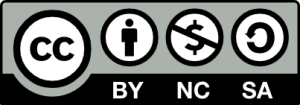 |
CC-BY-NC-SA | Users can share and adapt the material for non-commercial purposes. |
|
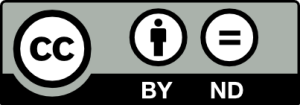 |
CC-BY-ND | Users can share the unaltered material for any purpose, even commercially. |
|
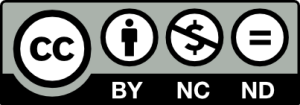 |
CC-BY-NC-ND | Users can share the unaltered material for non-commercial purposes only. |
|
CC licence versions
CC licences have gone through several iterations since 2002. The number after the licence name indicates the licence version, with the most recent version, 4.0, released in 2013. The underlying principles of all the licence versions are the same, but there are some differences in the details of the attribution requirements.
When using works and attributing authors, use the CC version that is already on the work in the attribution statement. See How to attribute.
When applying CC licences to new works and adaptations use the most current version, version 4.0.
CC badges and icons
The CC badges and icons are trademarks and may not be altered.
Additional restrictions cannot be added if a CC badge or icon is used, however more flexible permissions can be added.
If the legal code is altered the CC badges and icons cannot be used.
Summary
Alternative formats: Quick Guide To CC PDF (261 KB) ↗ or A summary guide to CC text (Google docs) ↗
Check your understanding
Alternative format: OA licences-Intro to CC-Multiple choice text (Google docs) ↗

